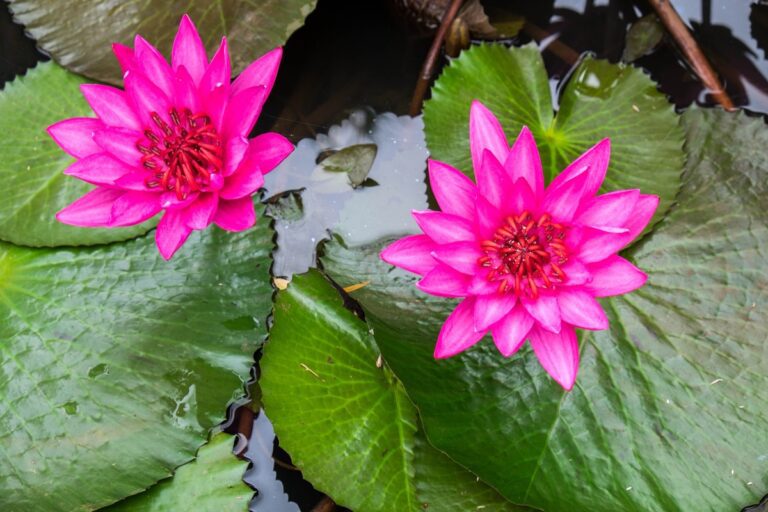Week 641: Orienting Everyday Activities Toward Oneness and Kindness
During this political season, we have experienced the emergence of an underlying polarization that has had more power and pervasive presence than I suspect many people would have anticipated. For me, above and beyond political considerations, this polarization expresses the fundamental difference in a stance that holds an assumption of oneness and a stance that assumes separateness. I think of these two seemingly opposite perspectives as underlying maps of reality, so that beliefs, interpretations of other people and events, and actions emerge from the assumptions the arise from the belief that we are all interrelated, are all one life expressing as a creative and dynamic diversity, or the belief that we are here to go it alone and to protect and serve ourselves at any cost.
Given the current political climate, we have had an opportunity to listen to, and witness, powerful expressions of each perspective on reality, often with a great deal of emotion and enactment of aggressive, sometimes violent, behavior. What I find myself having to remember, time and time again, is that my commitment to oneness requires me to remember that the people with whom I disagree are also part of the same life that lives me. It’s a challenging and sometimes really hard practice to not make people who express hate and separateness. I remind myself that a commitment to oneness doesn’t mean I have to agree with everyone. It does require me to remember my relatedness to them, even as I may oppose what they seek to do.
For this week’s experiment, I invite you to track your own relationship with the concepts of oneness and separateness. Allow yourself to notice how you feel about the idea that, within a context of oneness, no one is something separate, no one is an “other”. Then, notice those times when you spontaneously move into an experience of separateness, where your judgments and responses automatically place someone else in the position of “other”;. This particular experiment is to become even more aware of the automatic assumptions and responses you hold, particularly those that are normally outside your ongoing conscious awareness.
When you discover that you view a given event, circumstance, or person from within a perspective of oneness, notice what happens in your body, and pay special attention to your heart space. There’s nothing else to do. Just track the quality of your internal experience—your physical sensations, your emotional state, your thoughts. When you discover that you have moved into a stance of separateness, also notice your internal experience. What happens in your body? And, again, pay particular attention to your heart space, the quality of your emotions, the tone of your thoughts.
Be sure not to judge yourself if you find that you drop into a sense of separateness more than you thought you would. We are all conditioned in ways that we don’t generally notice consciously, and the sense that we are separate and that people with whom we don’t agree are somehow “other” is a very human thing to do, unfortunately. The gift in bringing conscious awareness to the process is that we can make moment-to- moment choices about whether to continue that response in any given moment, and that’s a powerful option to have available. The key thing is that, first, we need to recognize that we have fallen into separative thinking. And, perceiving other people as part of the same oneness you are doesn’t mean you have to give in to them, agree with them, or go along with what they want to do. The key is that you can acknowledge that they are lived by the same life source as you are, even while you may actively work to counter what they seek to do.
As with all these experiments, be sure to bring along curiosity as your constant companion. And, please remember to pat judgments on the head as they arise, and give them lots of room to simply move on through. There’s no need to fight them, try to push them away, or wrestle with them. A simple pat on the head usually is enough to allow them to keep moving through. Then, if it feels comfortable for you to return to a sense of oneness, notice how this affects your internal quality of life as you move through your daily activities.


